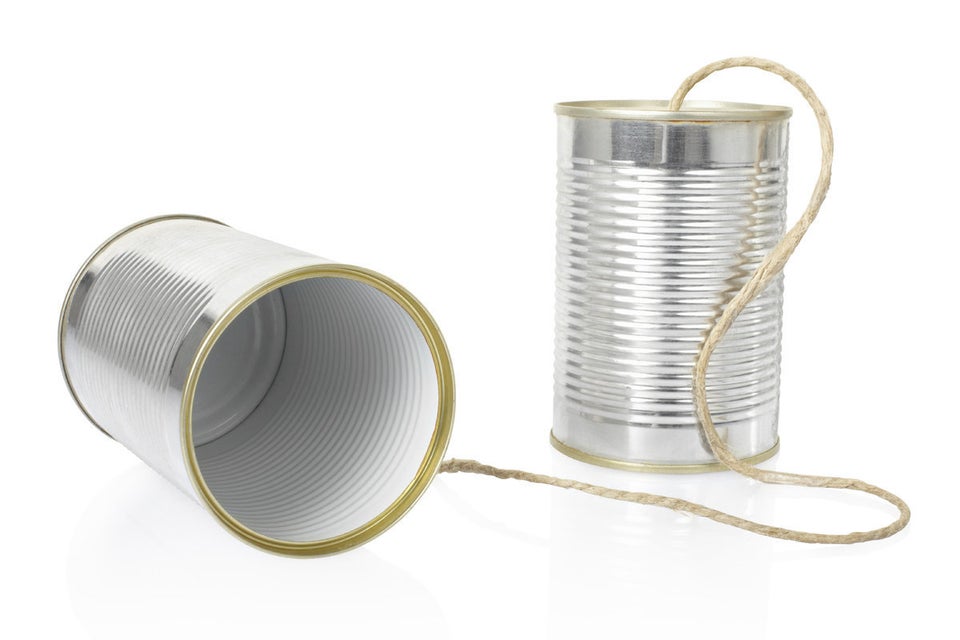
One of the key decisions facing Defence Minister Arun Jaitley will be the policy on 'Strategic Partners' (SP) upon which Prime Minister Narendra Modi's 'Make in India' policy in defence manufacturing hinges. Manohar Parrikar's sudden shift back to Goa as Chief Minister leaves the policy on Strategic Partners — finalised but not yet operationalised — in a limbo.
Launched in 2014, 'Make in India' was one of Modi government's first initiatives. The aim was to turn India into a global manufacturing hub. Manufacturing weapon systems was a priority. India is still the world's largest importer of weapons systems. The idea was simple. A foreign and Indian manufacturer would tie up to produce weapon system in India for the armed forces. Technology and know-how would automatically be shared with the Indian companies building a defence manufacturing eco-system in the country.
As New Delhi reached out to global defence giants to set-up defence manufacturing in India, it faced a twin challenge — how to choose the Indian manufacturer and how to choose the foreign manufacturer to form a strategic partnership.
The search for non-discriminatory model
For over a year, the Defence Ministry has been trying to bridge two variant views on how to form strategic partnerships. One view favoured using the time-honoured and safe but not always effective route of giving Ordinance Factory Boards (OFB) and Defence Public Sector Units such as Hindustan Aeronautics Limited primacy in choosing the Indian SP. The opposing view sought to give a greater play to the nascent private defence manufacturers of India.
After much debate to ensure a non-discriminatory policy, Parrikar hammered out a consensus at a meeting at his residence days before he left for Goa. "It is now up to the next Defence Minister," a senior defence ministry official told HuffPost India.
Deciding on the Indian Manufacturer
Sources said the Ministry of Defence will put out a list of criteria or benchmarks for Indian manufacturers to be considered for any strategic partnership. These benchmarks include the company's financial turnover, infrastructure, engineering and manufacturing capabilities, human resource, quality control and life-cycle support system.
To ensure competition in each sector — such as fighter aircraft, land systems, and submarines — there will be more than one Indian manufacturer in the fray. This is contrary to previous recommendations which said only one Indian manufacturer be selected, nominated as the Indian arm of the strategic partner.
How to choose the Foreign vendor or Original Equipment Manufacturer (OEM)?
Sources said, as per the policy, New Delhi will select the foreign manufacturer based on parameters such as technology transfer and government approvals. The Defence Procurement Policy (DPP) — the policy that guides all defence acquisition — gives preference to products that are designed, developed and manufactured in India. "Therefore any OEM ready to design and develop a weapon system with an Indian partner and subsequently manufacture in India will get a preference," sources said.
What will be manufactured through the SP model?
The SP model would be used to manufacture fighter aircraft, helicopters and submarines in India, sources said. The Indian Air Force is likely to lose about 10 squadrons in the next three years. The aging single engine Russian made MiG-21 fighters will be decommissioned. Similarly, the Indian Navy desperately needs submarines. It has about dozen conventional submarines — all of which are over 25 years old. It needs at least 24 conventional submarines.
Although the policy is ready, political compulsions prevented it from being operationalised. It is now up to the new Defence Minister to take it forward. At stake is an indigenously made weapons platform.
Also on HuffPost India:
